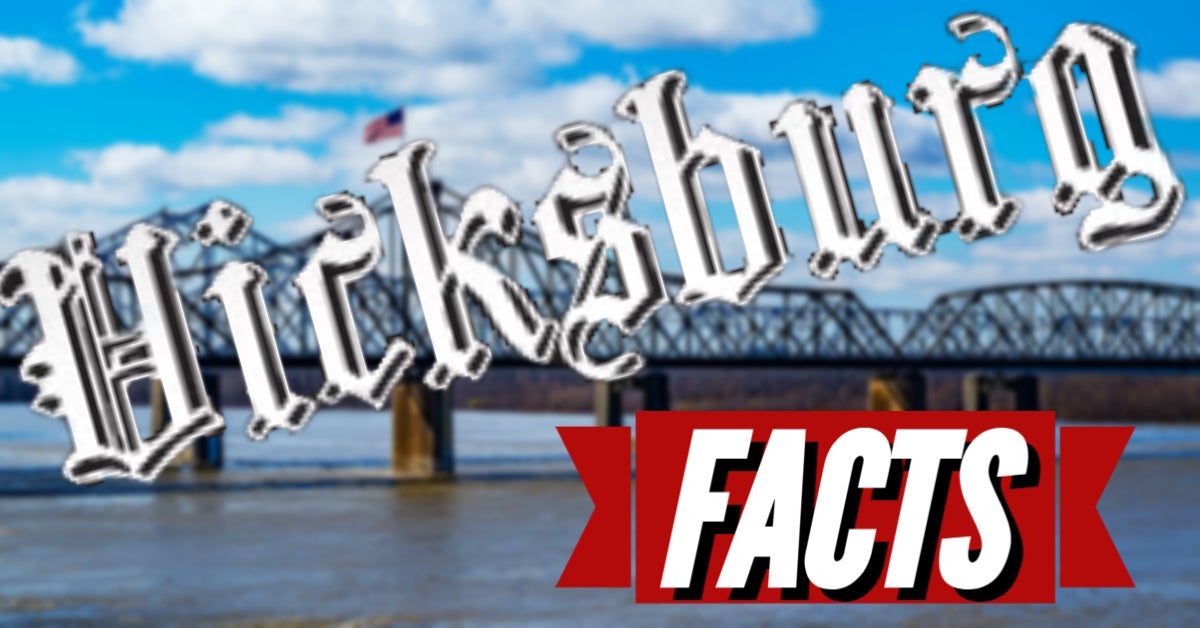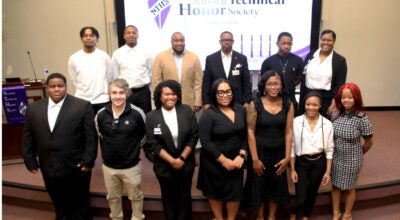VICKSBURG FACTS: Vicksburg lit the way for the state of Mississippi
Published 9:00 am Friday, September 16, 2022
Did you know that Vicksburg was the first city in Mississippi to receive gas lamps?
Before electricity, the city streets of Vicksburg were gleaming with light from gas lamp posts. The Scottish inventor William Murdoc created the gas lantern in 1792, according to the History of Lighting. Murdoc used coal gas and let it flow through pipes in large amounts, then manually lit the lantern for high-quality lighting. Eventually, the invention moved all throughout London and Paris and entered the United States in 1817 starting in Baltimore, Md. as stated in the History of Lighting.
In 1853, it was announced that Vicksburg would receive gas lighting in the state of Mississippi, according to Gaslighting in America from the National Park Service website. As stated in the Laws of the State of Mississippi of 1854, this included the streets, levees, alleys, wharves and public and private buildings in the Vicksburg area.
Stockholders like John Jeffery & Co. and other associates “created a body corporation and politic, for the term of 50 years, by the style and title of ‘The Vicksburg Gas Light Company, ’” as mentioned in Laws of the State of Mississippi of 1854. The gas light company was comprised of a president and four board directors, which were annually elected positions. The president and board directors were given the task to manage and dispose of the business based on the company’s bylaws.
It wasn’t until 1855 that Vicksburg residents began to reap the benefits of gas lights.
According to the 1856 Daily Vicksburg Whig, “At the end of June of 1855, the first month after the manufacture of gas commenced, there were but 48 private customers and 64 public lamps.”
By the end of March of 1856, the number of gas lamps increased in a nine-month span with 84 private customers and 69 public lamps.
Originally, the pipes were two miles long within the city of Vicksburg. However, the gas lighting company had plans to begin expanding to other parts of the city. As declared in the 1856 Daily Vicksburg Whig, the company planned to “extend along Cherry Street with the usual supply of lamp posts from Jackson to Crawford Street.”
The gas light company encouraged its Vicksburg residents to continue private and public expansion throughout the city due to the extreme expenses of installing gas lighting. Before adding more pipelines, the company had to find large amounts of committed customers that were willing to pay for some of the expenses of having gas lighting.
The company wanted to inspire individuals to invest in gas lighting by submitting yearly reports that stated the many benefits of gas lighting such as the lighting quality compared to candles and the easy access to the light with just the turn of a screw along with showcasing the number of customers that are willing to have gas lights.
As mentioned in the 1856 Daily Vicksburg Whig, “The superior quality of the gas made at the Vicksburg works, the regularity of the supply, and the well-ascertained fact that in point of economy it is preferable to any other light, are considerations that have produced a strong desire in all our citizens to introduce it into their business houses and family residences, wherever the location admits of it without incurring too much additional expense of service pipes.”
By 1857, the Vicksburg Gas Light Company reported an additional increase in the use of gas lights.
“Now we have 125 private consumers and 105 public lamps, with the confident expectations that the number of consumers, during the summer, will be increased to 150,” according to the 1857 Vicksburg Whig. For several years, Vicksburg was the only city to have gas lights installed in Mississippi until it was announced in 1857 that Waverly, Miss. was next in line, according to Gaslighting in America from the National Park Service.






